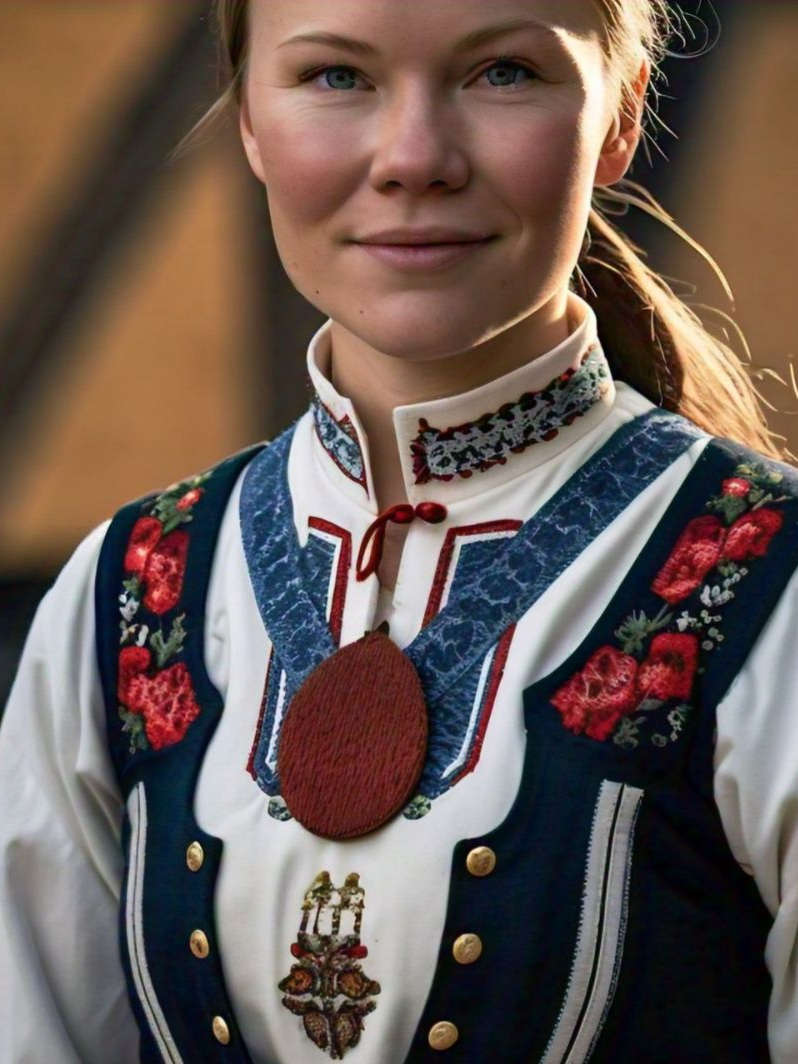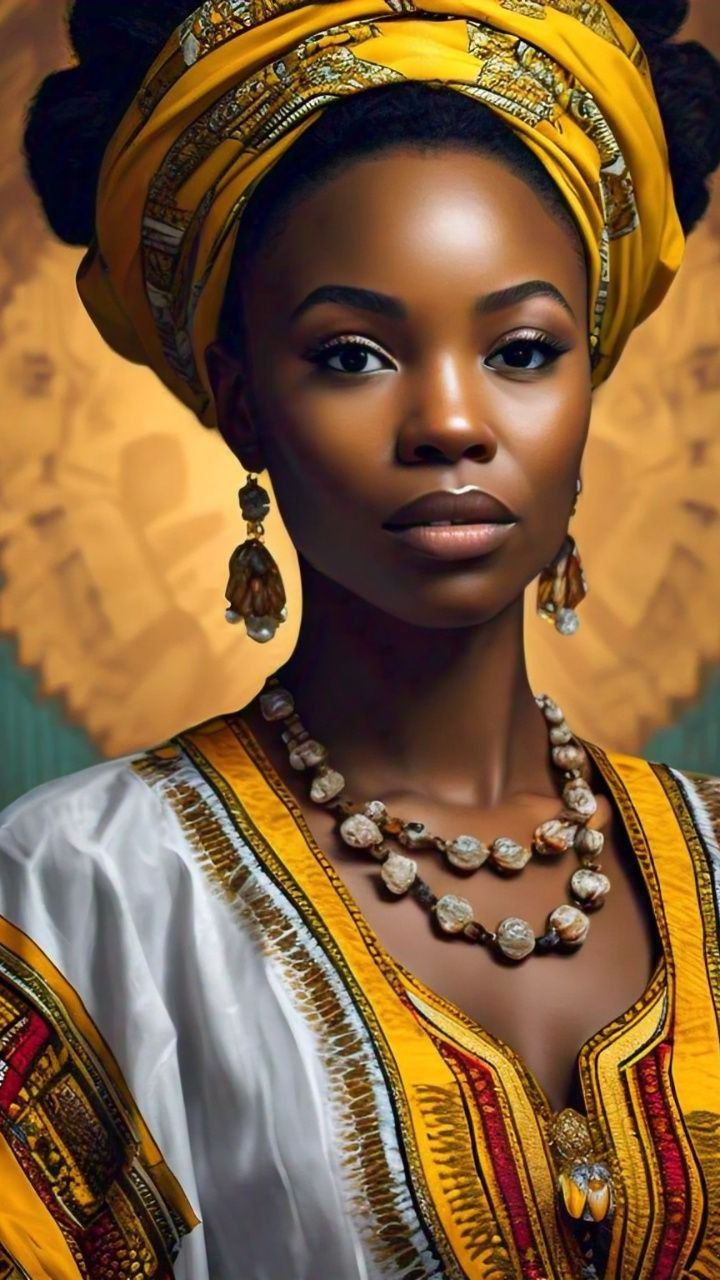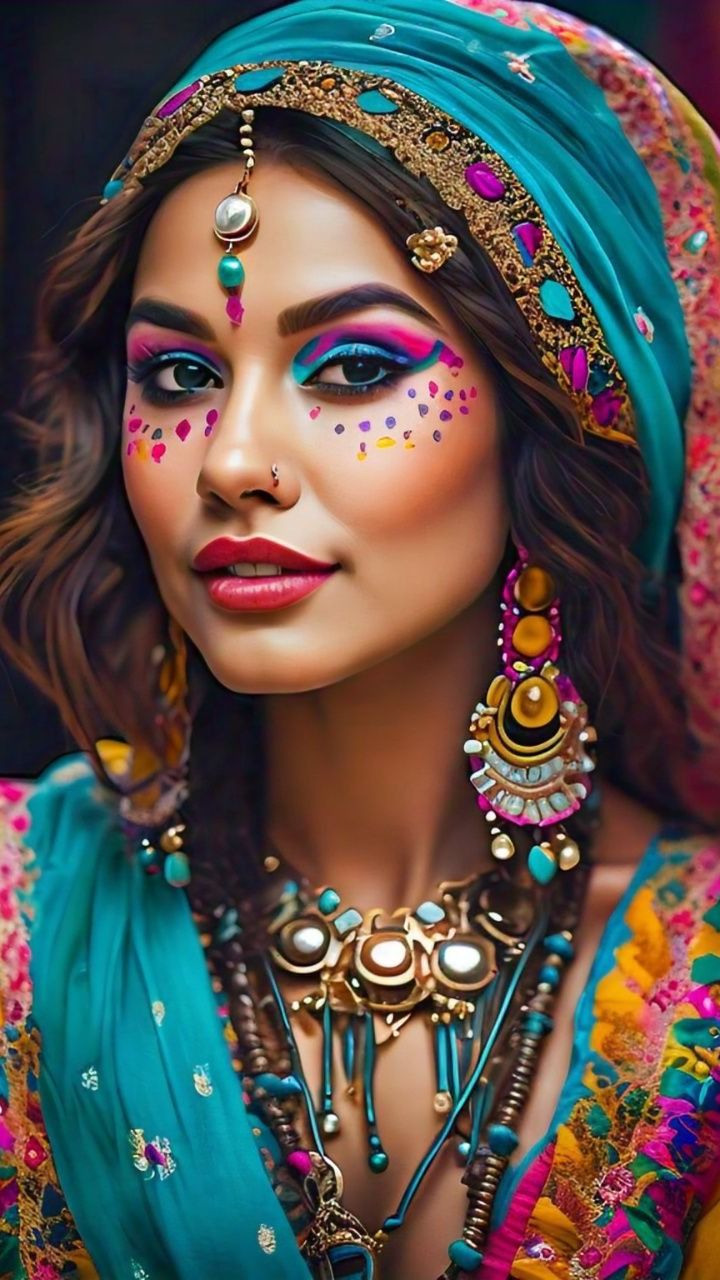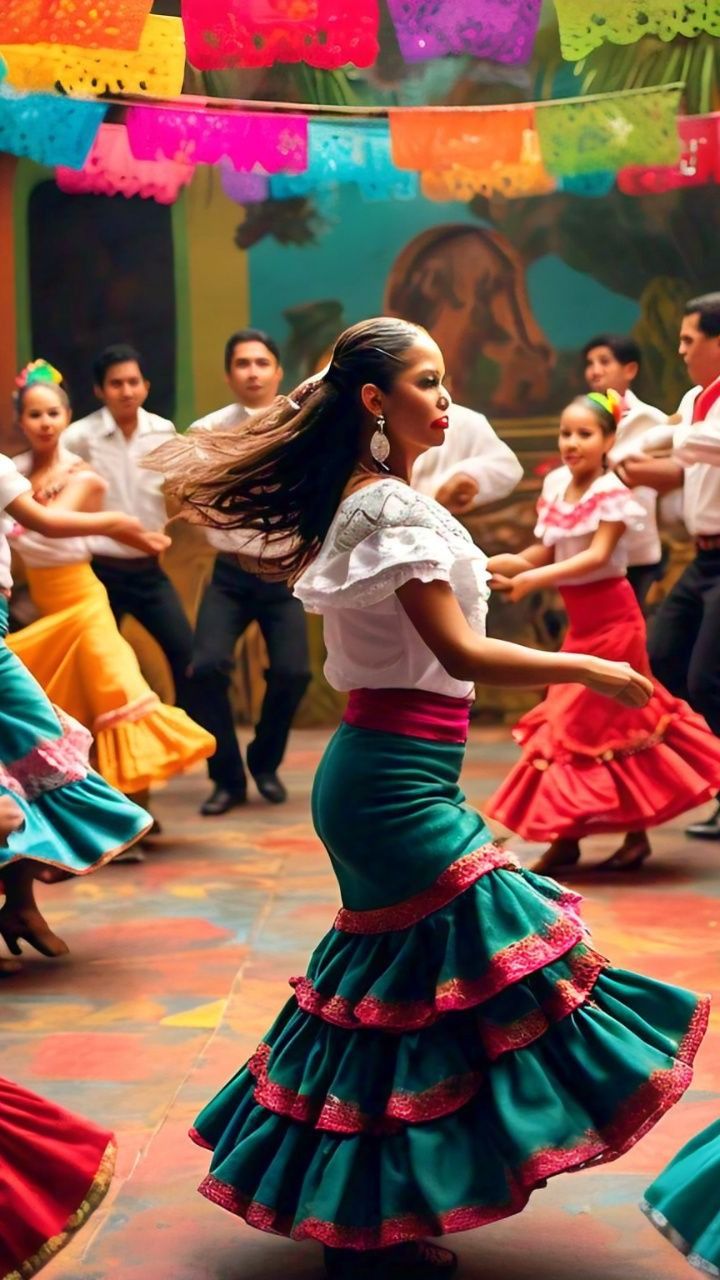
disha sharma
Cultural Influences On Fashion Design: Exploring Global Styles

African print tops are a versatile way to incorporate African fashion, featuring bold, colorful fabrics that can be paired with various bottom styles.
Source: Freepik

Bohemian style popularized by flower children in the 1960s and 1970s, features flowy silhouettes, headbands, eye-catching prints, vibrant colours, sunglasses, junk jewellery, and open-toed sandals.
Source: Freepik

Ruffles dominate culturally significant garments in Latin America and the Hispanic diaspora, including pollera, salsa dresses, and flamenco dresses, reflecting colonial history and long skirts.
Source: Freepik
Traditional Arabic clothing, including iconic garments like the thobe, abaya, keffiyeh, and hijab, varies significantly across regions, serving specific cultural and functional purposes.
Source: Freepik
The kimono is a traditional Japanese garment and national dress, worn with square sleeves and a rectangular body, except when the wearer is deceased.
Source: Freepik
Traditional Indian clothing for women includes saris, choli tops, lehenga skirts, chaniya skirts, and dupatta scarfs, while children wear Langa voni in south India.
Source: Freepik
Scandinavian fashion is characterized by restrained minimalism, avoiding overload or provocative styles. Instead, simple, timeless pieces offer numerous combinations for a unique look.
Source: IMDb